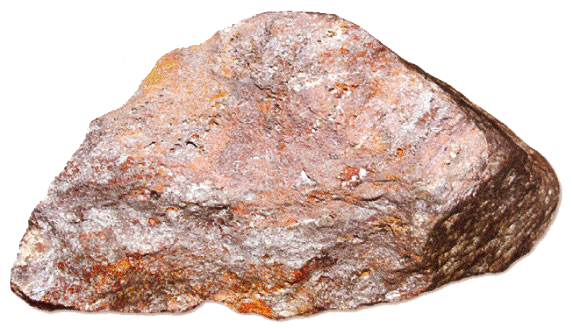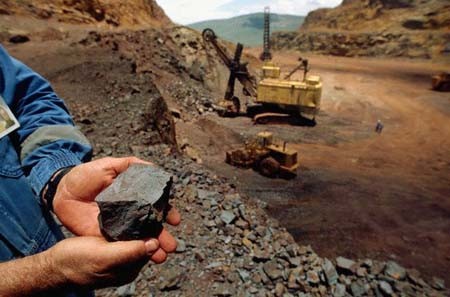Iron ore
Post on: 16 Март, 2015 No Comment

During a single weekend in February, after standing for four years, the ski jumping world record was broken twice within a 24-hour period. As those in the shipping and offshore industries know, these skiers are not the only things which have been heading rapidly downwards in quick succession: some of the commodity prices for major raw materials on which the markets rely have equally fallen far.
The price of oil and the price of iron ore over the last seven years have shown a remarkable degree of correlation (see graph). This similarity extends as far as the recent price declines: the oil price is down 50% on the summer, whilst iron ore prices are 60% below start 2014 levels. Should we be surprised by this similarity? Clearly, this is a valuable reminder that correlation does not necessarily equal causation. In direct terms, neither commodity shares a supply or demand side: one cannot be substituted for the other.
In reality, of course, all commodities do share general economic factors on the demand side, including China. Both iron ore and crude oil have been affected by a cooling in Chinese demand, as have a range of other commodities (though some, like copper or rare earths, have little impact on bulk shipping).
However, there are also differences at the broader level. The western hemisphere makes barely a dent in world steel production (which drives ore usage), with the US accounting for 5% of global output and Europe 9%. This makes Capesizes more dependent on China than, say, VLCCs, given the 40% of global oil demand accounted for by Europe and America. Granted, the west helps to support Chinese iron ore demand (expected to exceed 1bn tonnes in 2015), as steel is used for manufactures, some for export (via containerships). But, equally, China is no longer exclusively an export economy. Domestic demand for all sorts of manufactured goods is now an important factor supporting their imports of both raw materials and consumer goods (China even has a growing ski industry in the North-East, and is bidding for the 2022 Winter Olympics).

Whilst construction for China’s previous Olympics noticeably boosted its demand for all sorts of imports, most will be hoping for better market fortunes somewhat earlier than 2022. So will many exporters: one factor shared by both oil and iron ore is the heavy investment made in new production, whether that be expenditure on Australian mines (capacity is now 95% up on 2010) or in offshore (3.0% growth in offshore oil output in 2015 is projected: the most since 2000). Both commodities now face a period in which supply growth may outpace demand growth.
So, despite clear differences, the recent fortunes of oil and iron ore prices have much in common, with supply and demand issues to confront. There are some signs that the decline may now have been arrested, and price stability would at least alleviate the uncertainty that makes investment hard to plan. But nonetheless there will be many hoping that, like a keen skier, prices now get on the lift back to the top of the hill.














